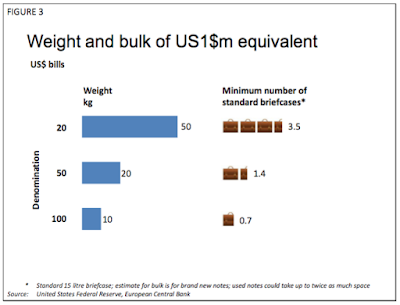This whole consumer inflation targeting gambit, of course, is an inherently preposterous notion because there is not a scrap of evidence that 2% consumer inflation is better for rising living standards and societal wealth gains than is 0.2%. And there is much history and economic logic that points in exactly the opposite direction.
Between 1870 and 1913 in the United States, for example, real national income grew at 3.5% per year——the highest gain for any 43 year period in history. Yet the average inflation rate during that long period of capitalist prosperity was less than 0.0%. That was real “lowflation”, and it was a blessing for the average worker, not a scourge.
But this week the BLS itself let out a screaming, never mind! The core CPI for the 12 months ended in January rose by 2.21% and that’s actually a tad higher than the 1.98% annual average since the year 2000.
Please forgive the spurious accuracy of reporting the BLS’ noise-ridden, dubiously constructed CPI to the second decimal point, but it’s meant to underscore a crucial truth. Namely, there ain’t no inflation deficiency problem and never has been!
The whole 2% inflation mantra is just a smokescreen to justify the massive daily intrusion in financial markets by a power-obsessed claque of monetary central planners. They just made it up and then rode it to ever increasing dominance over the financial system—-even though as recently as 15 years ago the 2% inflation theory was unknown outside a small circle of neo-Keynesian academic scribblers led by Ben Bernanke.
…click on the above link to read the rest of the article…











 The result of the usurpation of money by government
The result of the usurpation of money by government Jörg-Guido Hülsmann – a staunch proponent of a free market in money (you can read his book “The Ethics of Money Production”
Jörg-Guido Hülsmann – a staunch proponent of a free market in money (you can read his book “The Ethics of Money Production” 

